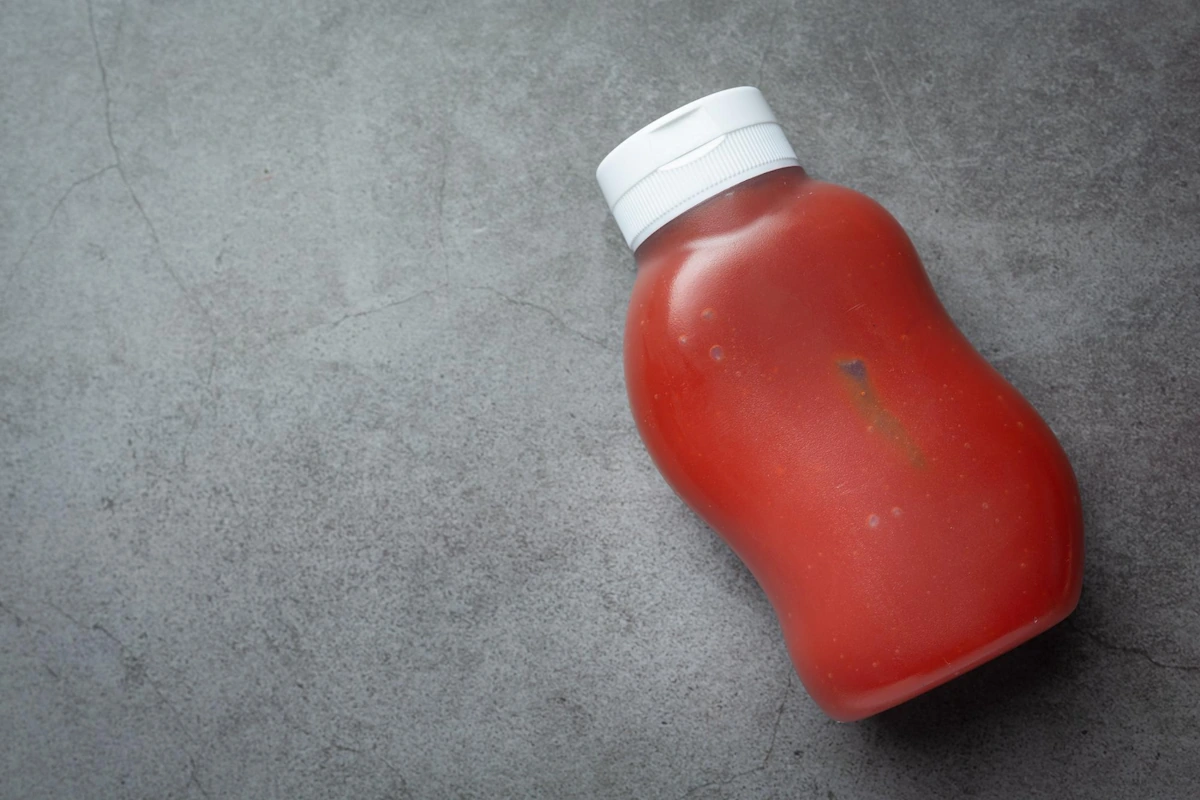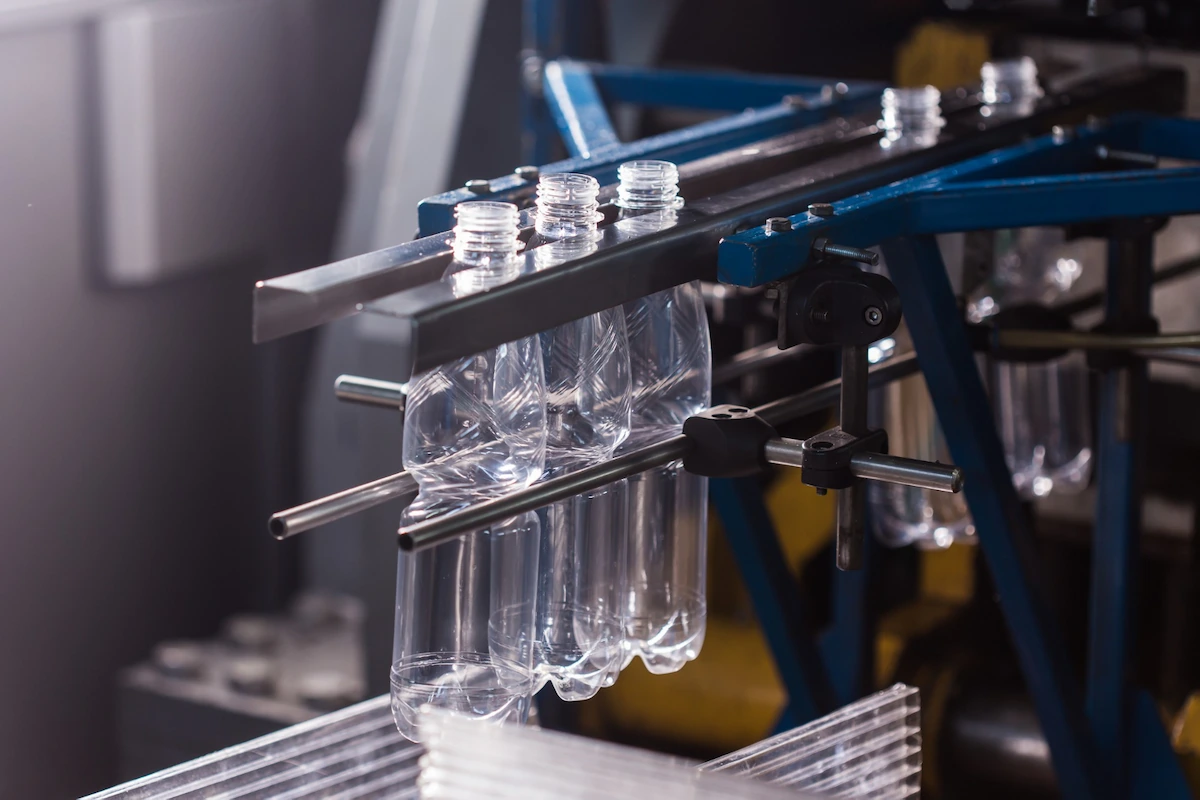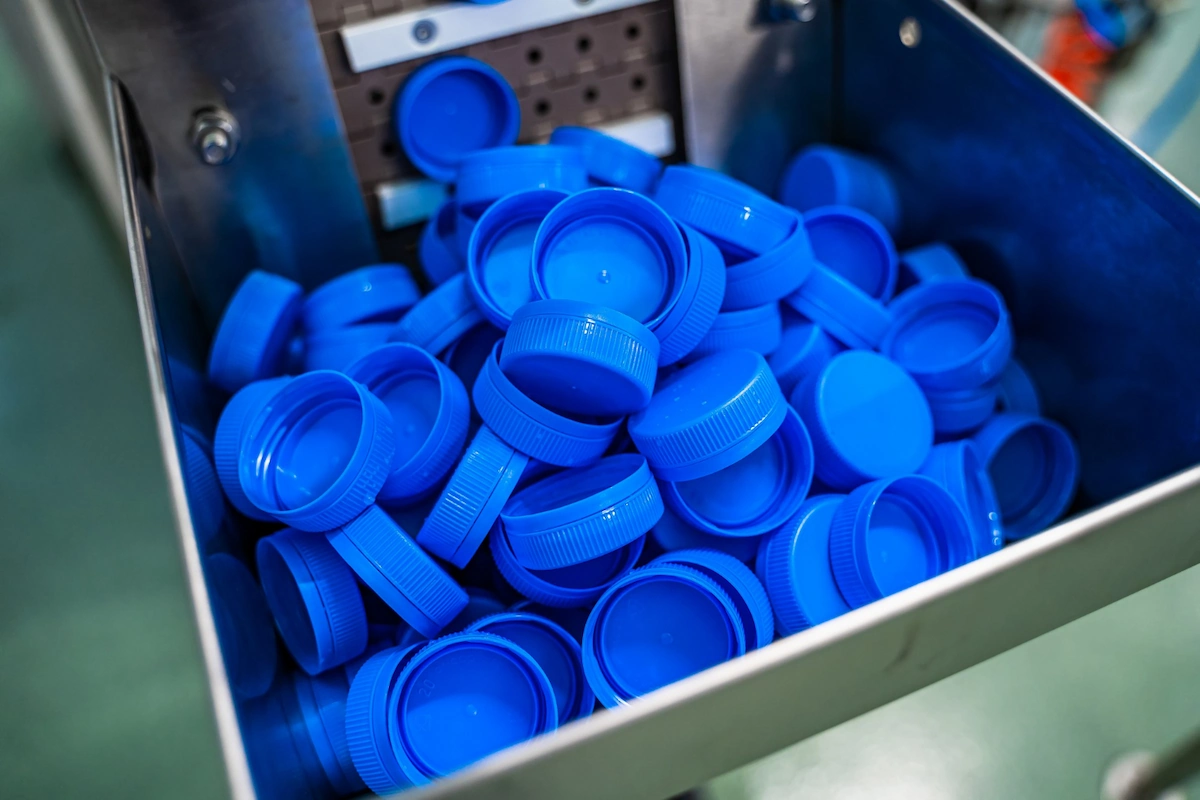
15-10-2025
PET Plastic: Characteristics, Uses, and Differences to HDPE
Most of the everyday items you use are made from synthetic materials, one of which is PET plastic (polyethylene terephthalate). PET is a type of plastic commonly used to make bottles of water. It is famous for being recyclable. Then, what are the properties and uses? Find the complete information in this article!
What Is PET?

PET plastic, also known as Polyethylene Terephthalate, is a clear, versatile, and durable plastic. Initially, polyethylene is considered opaque. By adding terephthalate, PET plastic becomes transparent.
PET is a thermoplastic, meaning it can be melted at a specific temperature and solidified at room temperature or during the cooling process. This property makes PET recyclable. PET has a number 1 recycle code. It is a polyester polymer resistant to alcohol, solvent, impact, and moisture.
Then, how is PET plastic manufactured? PET comes from a monomer polycondensation reaction. This polycondensation occurs through the esterification reaction between terephthalic acid and ethylene glycol, or the trans-esterification reaction between ethylene glycol and dimethyl terephthalate.
This reaction produces PET in the form of a thick, liquid mass. It is then spun into fibers, extruded, or molded into specific shapes. Examples of PET packaging include mineral water bottles, baby milk bottles, and medicine tubes.
Read also: Polypropylene (PP): Definition, Types, and Characteristics
Properties of PET Plastic
PET plastic can be rigid or semi-rigid, depending on the processing method used. Here are the properties of PET plastic you should know:
- A good electric insulator.
- Very flexible.
- Colorless.
- The initial form is semi-crystalline.
- Lightweight.
- Gas and moisture resistant.
- Recyclable.
- It is not easily broken or cracked, making it a suitable substitute for glass in certain equipment.
- It can be used in various temperatures, ranging from -60 to 130 degrees Celsius.
- Safe when in direct contact with food and drinks.
- Resistant to alcohol, oil, grease, and aliphatic hydrocarbons.
- Reasonably resistant to diluted aromatic hydrocarbons and alkali.
PET Manufacturing Methods

PET plastic is very flexible and can be shaped using various methods, such as:
1. Injection Molding
The first method is injection molding. PET is a hygroscopic material (easily absorbs moisture), so it must be dried until it contains less than 0.05% moisture. As a result, the initial form of PET will be clear and transparent.
If the moisture content is too high, it can affect product quality due to the formation of thermally decomposed molecules. Not only that, but PET is also sensitive to temperature during the forming process.
A temperature that is too low raises the possibility of production flaws, while one that is too high can result in discoloration, decreased mechanical strength, deteriorated quality, and leaks.
2. Blow Molding
This method involves reheating the premolded PET raw material. Then, it is placed into a mold. There are two types of blow molding for PET plastic: extrusion blow molding and stretch blow molding.
Extrusion blow molding is used to produce food packaging, water bottles, and containers for cleaning fluids. Stretch blow molding is used to create medicine tubes, sports drink bottles, liquid detergent bottles, and household appliances.
3. 3D Molding
3D molding is done using PET filament. This filament is very flexible and strong. One of the filaments widely used is PET-G, or Glycol-modified Polyethylene Terephthalate. It offers low shrinkage, more strength, and a smoother final product.
4. Extrusion
PET can be extruded to make PET sheets. After being extruded, the PET sheets undergo thermoforming, which involves pressing the plastic under high temperatures to form a food container. The extrusion temperature is usually around 270–290 degrees Celsius.
Read also: What Is Plastic Made of? Here Are the Materials & Process
Types of PET Plastics
PET plastic comes in many variations, depending on its purpose and use. Below are some types of PET plastics you must know:
1. Crystallized PET (c-PET)
c-PET is an advanced crystallized PET that is more heat-resistant. It is used to manufacture food containers for use in the oven or microwave.
2. Amorphous PET (a-PET)
a-PET does not undergo complete crystallization, resulting in a highly transparent material. It is typically used to make water bottles and food containers.
3. Eco-Friendly PET
Although PET is easily recyclable, it continues to be developed to minimize its environmental impact. That’s why eco-friendly PET is now available, which uses more sustainable production methods and recycled materials.
4. Recycled PET (r-PET)
r-PET is made from other recycled PET plastics, such as water bottles. r-PET can reduce raw material cost and plastic waste.
5. PET-G
PET-G is a modified form of PET plastic that has been modified with added glycol. It has high impact resistance and transparency. PET-G is often used to make toys and food packaging that require higher durability.
Differences Between PET and HDPE

As raw materials for plastic packaging and household appliances, Polyethylene Terephthalate (PET) and High-Density Polyethylene (HDPE) are often compared. Both do contain polyethylene components, but their uses and characteristics differ.
PET has a clear and transparent appearance, while HDPE is more opaque. Moreover, in terms of durability and temperature resistance, HDPE is stronger, as it can operate at temperatures up to 160 degrees Fahrenheit. On the other hand, PET only operates at 145 degrees Fahrenheit.
Regarding pressure, PET has a greater pressure resistance than HDPE because HDPE has a semi-crystalline property. Additionally, PET has natural carbon dioxide barrier properties, which help maintain the quality of food and beverages.
That concludes the information about PET you can read. PET plastic is commonly found around us and is one of the recyclable types of plastics.
Regarding plastic materials, Chandra Asri Group, a prominent chemical, energy, and infrastructure company in Southeast Asia, provides high-quality chemicals for plastic manufacturing, including olefins, polyolefins, PVCs, and many more.
So, entrust your plastic raw materials to Chandra Asri Group!
Read also: What Is Propylene? Check the Benefit & Safety Information